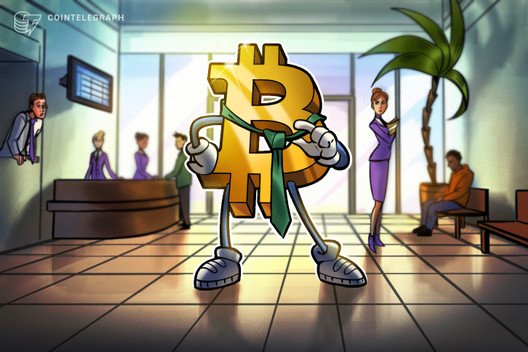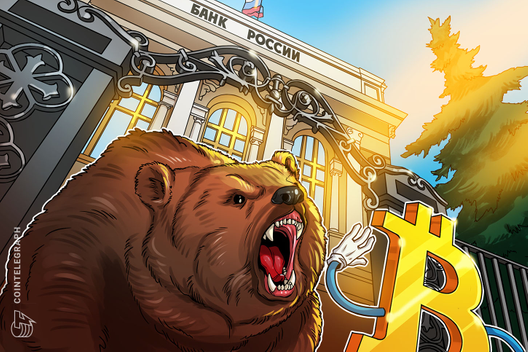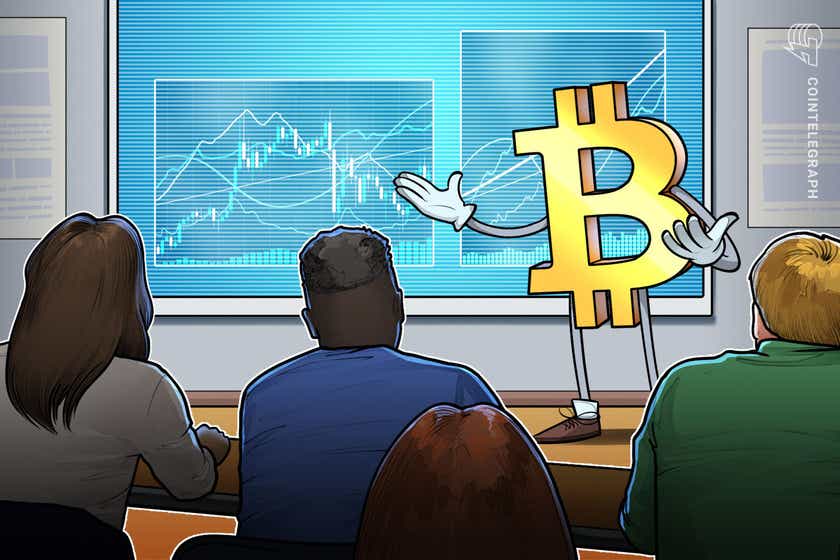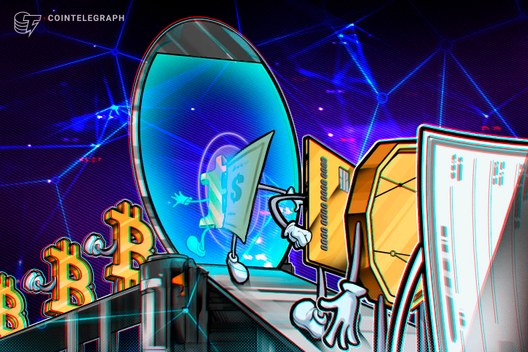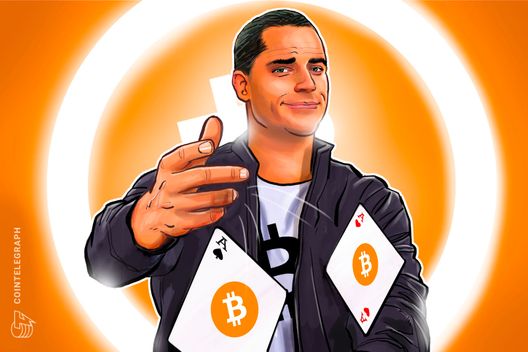What are governance tokens, and how do they work?
Governance tokens are a type of cryptocurrency that allow tokenholders to vote on the direction of a blockchain project. The primary purpose of governance tokens is to decentralize decision-making and to give holders a say in how the project is run.
Governance tokenholders are usually more invested in the project’s success as they stand to gain or lose more, depending on the outcome. Community members can use tokens to influence the direction and features of a blockchain protocol directly. As such, it is possible to implement changes related to the user interface, vote on fees and reward distribution, or even modify the underlying code of a project.
Although most decentralized finance (DeFi) tokens are governance tokens, voting is not their only defining feature. People possessing these governance tokens can use them to take out loans, stake them and earn money through yield farming. Given all this, their primary function is still to distribute power.
Governance tokens are a relatively new invention, and there is still much debate about their efficacy. Some believe they are the key to true decentralization, while others worry that they will lead to the centralization of power among a small group of tokenholders.
How do governance tokens work?
Governance tokens act as the foundation to establish decentralized governance in decentralized autonomous organizations (DAOs), DeFi projects and decentralized applications (DApps).
Users who have made significant contributions to the community or have demonstrated loyalty are frequently awarded governance tokens. Tokenholders then vote on key issues to ensure that the projects progress effectively. Generally, people vote by utilizing smart contracts so that the results are tabulated and enacted automatically.
Each project has its own set of governance token rules. They are dispersed to stakeholders, including the founding team, investors and users, using various calculation methods.
Some governance tokens only vote on a limited number of governance issues, while others vote on everything from development updates to smart contract revisions. Similarly, some governance tokens have the option of generating financial returns; others do not.
The Ethereum-based DAO, MakerDAO, was among the first issuers of governance tokens. MakerDAO’s stablecoin is called Dai (DAI), while Maker (MKR) tokenholders govern the protocol itself. One token equates to one vote, and decisions with the most votes are adopted.

Among the types of issues that MKR tokenholders vote on are fees, rules and team member appointments. Ultimately, the goal is to maintain DAI’s stability, transparency and efficiency.
Another example of a protocol with a governance token is Compound, a DeFi protocol that allows users to borrow or lend cryptocurrencies. The protocol has a governance token called Compound (COMP), which tokenholders can use to decide on important protocol-related matters.

The number of COMP tokens users receive is based on their activity levels within the Compound network. That said, users who lend and borrow more often will be rewarded with more COMP tokens. The COMP token is the equivalent of one vote on Compound. The tokens can also be delegated to others to vote on your behalf.
In 2020, Compound gave up control of the network’s admin key and the project is now entirely governed by its tokenholders without any other governance methods.
What is the difference between governance and utility tokens?
Utility tokens are digital assets that can be used for a specific purpose, such as fee payment or access to a product or service. In contrast, governance tokens give the holder a say in how the project is run.
A utility token’s purpose is usually encompassed within the native blockchain network or crypto platform where it was purchased. BNB (BNB) is a good example of a utility token. It is used on Binance to pay fees, vote on new token listings and pay tickets or “entrance fees” for features like the Binance Launchpad.
The key distinction is that utility tokens don’t carry any governance power. Utility tokens are a great option for many purposes, but governance tokens may be the better choice in some cases. As mentioned before, governance tokens can also be used for staking and taking out loans. This makes them more versatile than utility tokens, mostly used for transactions.

What are the advantages and disadvantages of governance tokens?
Governance tokens are a good way to decentralize a project and give users an incentive to participate, but they can be complex and open to abuse. One of the key advantages of governance tokens is decentralization. In truth, they are the only way developers can implement decentralization in the DeFi ecosystem. Without them, there would be no way for users to have a say in how the project is run.
Another advantage of governance tokens is that they incentivize users to stay involved with the project. If a user holds COMP tokens, for example, they will want to keep using the Compound platform to earn more COMP tokens. This creates a virtuous circle where users are incentivized to use the platform, increasing the platform’s value.
Governance models also allow for more efficient development, as developers can work on features that the community wants. In traditional development models, developers have to spend a lot of time and resources on features that may not even be used.
There are also some risks and downsides associated with governance tokens. One is that they can be complex, making it hard for users to understand how they work. For example, some protocols have multiple token types with different functions. This complexity can lead to user apathy, as users may not want to bother with voting or to participate in governance if they don’t understand how it works.
Another disadvantage is that some people may abuse their power. If a user holds a large number of COMP tokens, they can easily sway the vote in their favor. This could lead to decisions being made that are not in the best interests of the platform as a whole. There may also be a lack of accountability, in the sense that if a decision turns out to be bad, there is no one that can be held responsible.
Are governance tokens valuable?
Governance tokens are powerful because they give holders a say in how the project develops. Furthermore, governance tokens can improve organizational efficiency. As a result, the entire organization may become more efficient and successful.
In addition, governance tokens have value and may be traded, swapped, exchanged, staked, etc. They are also a great opportunity to earn passive income. Stake governance tokens may also earn users additional benefits, such as increased access to services or a piece of the protocol’s profits. If this is the case, possessing a governance token is comparable to having a share in a revenue stream.
So, how do governance tokens gain value? There are a few ways. One is that the tokens will become more valuable as the project becomes more successful. For instance, new blockchain games usually offer early adopters a chance to later stake their governance tokens in exchange for game revenue. In this case, even though a governance token may not seem to have much value initially, it may be worth a lot more in the future.
A decentralized protocol can also increase the value of its governance tokens by buying back tokens. This reduces the number of tokens in circulation, making each more valuable.
Purchase a licence for this article. Powered by SharpShark.


